Jazz History Quiz #177
December 4th, 2024
December 4th, 2024




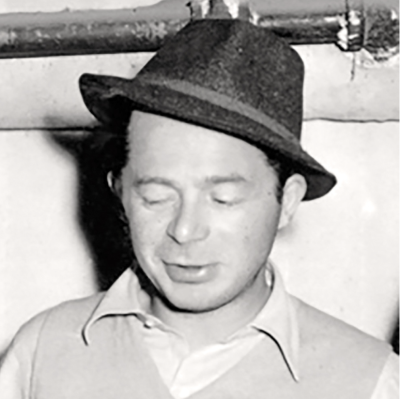
“You Know by the Laughter,” by Joan E. Bauer
The Sunday Poem is published weekly, and strives to include the poet reading their work....
Joan E. Bauer reads her poem at its conclusion
Click here to read previous editions of The Sunday Poem




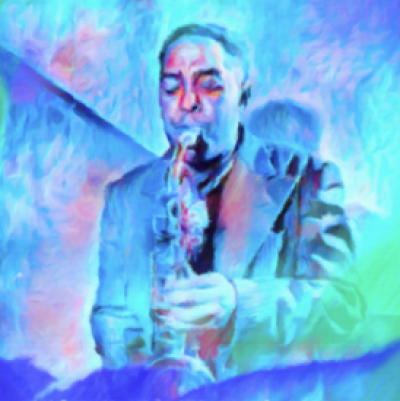
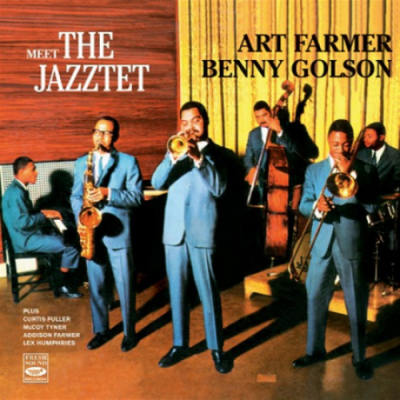




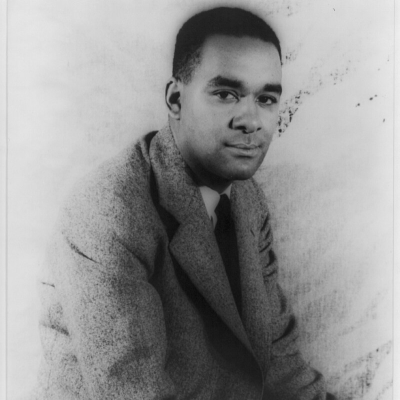
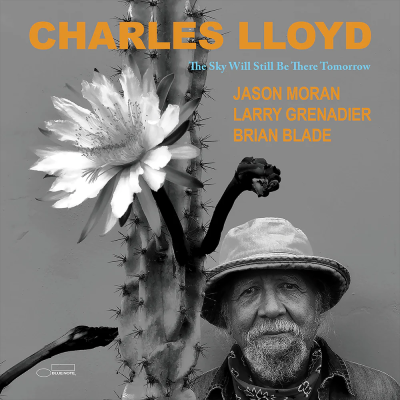
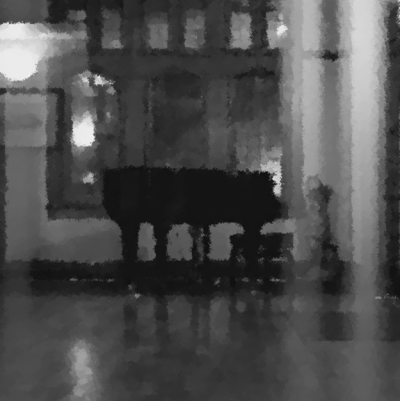


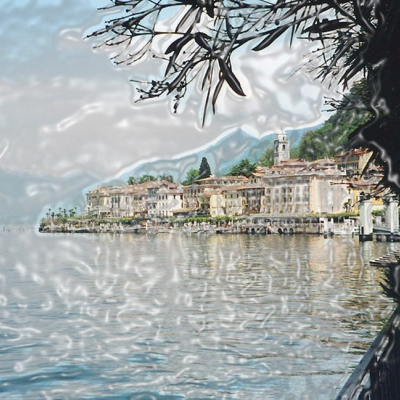

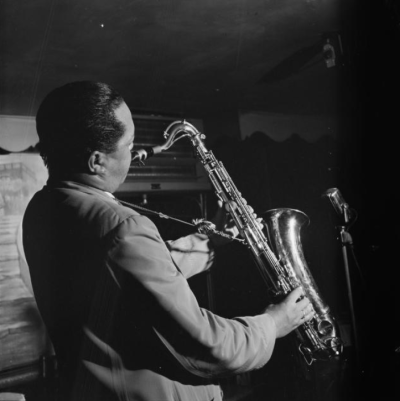





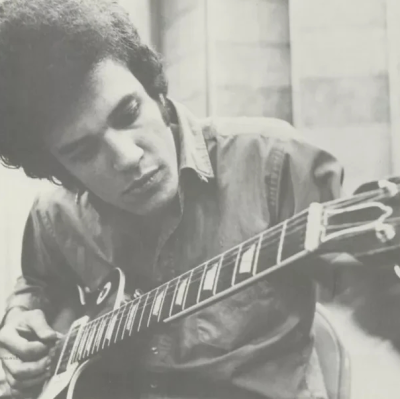
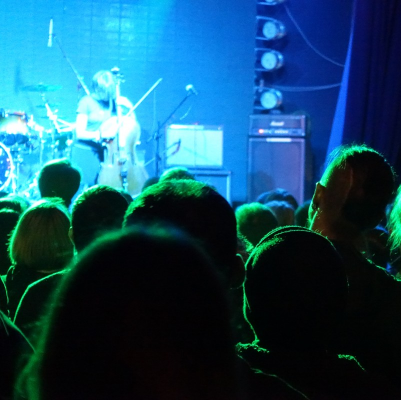




Dear Readers:
Reader funding helps support the expense of publishing this website, and to keep it free of advertising – which is a rarity in the dot-com world. Many thanks to those who have recently contributed, and to those who have done so multiple times. Your support is very much appreciated.
If you are able, please consider making a contribution? Information regarding how to do so is found by clicking here.
For viewing my long range vision for Jerry Jazz Musician, please click here.
Thank you!
Joe Maita
Editor/Publisher
,


.
.
The correct answer is Dexter Gordon!
.
Jean-Luc, CC BY-SA 2.0 , via Wikimedia Commons
Dexter Gordon, 1978
.
___
.
…..“Dexter Gordon had such a colorful and eventful life (with three separate comebacks) that his story would make a great Hollywood movie. The top tenor saxophonist to emerge during the bop era and possessor of his own distinctive sound, Gordon sometimes was long-winded and quoted excessively from other songs, but he created a large body of superior work and could battle nearly anyone successfully at a jam session. His first important gig was with Lionel Hampton (1940-1943) although, due to Illinois Jacquet also being in the sax section, Gordon did not get any solos. In 1943, he did get to stretch out on a recording session with Nat King Cole. Short stints with Lee Young, the Fletcher Henderson Orchestra, and Louis Armstrong’s big band preceded his move to New York in December 1944 and becoming part of Billy Eckstine’s Orchestra, trading off with Gene Ammons on Eckstine’s recording of “Blowin’ the Blues Away.” Gordon recorded with Dizzy Gillespie (“Blue ‘N’ Boogie”) and as a leader for Savoy before returning to Los Angeles in the summer of 1946. He was a major part of the Central Avenue scene, trading off with Wardell Gray and Teddy Edwards in many legendary tenor battles; studio recordings of “The Chase” and “The Duel” helped to document the atmosphere of the period.
…..“After 1952, drug problems resulted in some jail time and periods of inactivity during the ’50s (although Gordon did record two albums in 1955). By 1960, he was recovered and soon he was recording a consistently rewarding series of dates for Blue Note. Just when he was regaining his former popularity, in 1962 Gordon moved to Europe where he would stay until 1976. While on the continent, he was in peak form and Gordon’s many SteepleChase recordings rank with the finest work of his career. Gordon did return to the U.S. on an occasional basis, recording in 1965, 1969-1970, and 1972, but he was to an extent forgotten in his native land. It was therefore a major surprise that his return in 1976 was treated as a major media event. A great deal of interest was suddenly shown in the living legend with long lines of people waiting at clubs in order to see him. Gordon was signed to Columbia and remained a popular figure until his gradually worsening health made him semi-active by the early ’80s. His third comeback occurred when he was picked to star in the motion picture ‘Round Midnight. Gordon’s acting was quite realistic and touching. He was nominated for an Academy Award, four years before his death after a very full life. Most of Dexter Gordon’s recordings for Savoy, Dial, Bethlehem, Dootone, Jazzland, Blue Note, SteepleChase, Black Lion, Prestige, Columbia, Who’s Who, Chiaroscuro, and Elektra Musician are currently available.”
–Scott Yanow, for the All Music Guide to Jazz
.
.
Watch a 1964 film of Dexter Gordon performing “Lady Bird”
.
.
Play another Jazz History Quiz!
,
Click here to read our interview with Maxine Gordon, author of Sophisticated Giant: The Life and Legacy of Dexter Gordon
.
.
___
.
.
Click here to read The Sunday Poem
Click here for information about how to submit your poetry or short fiction
Click here to subscribe to the (free) Jerry Jazz Musician quarterly newsletter
.
Click here to help support the ongoing publication of Jerry Jazz Musician, and to keep it commercial-free (thank you!)
.
.
___
.
.
Jerry Jazz Musician…human produced (and AI-free) since 1999
.
.
.